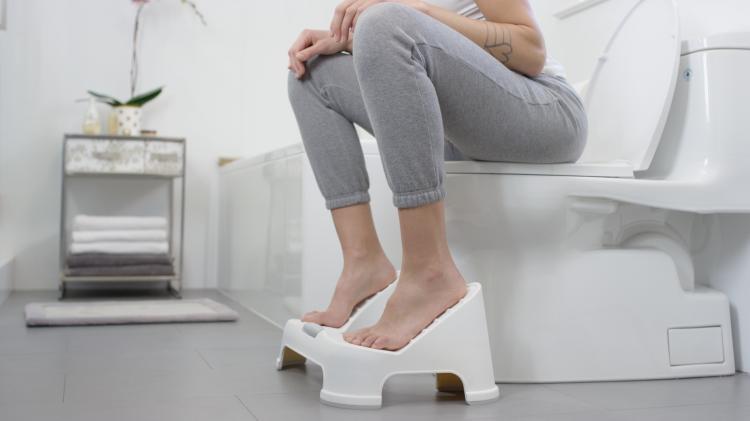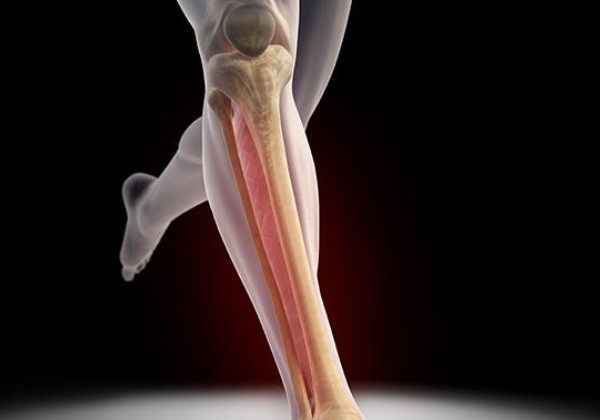If you’re a gym-goer like me, your protein intake is probably higher than the average bear. The unfortunate consequence of taking all that protein is that it’s the perfect storm for constipation. Combine that with 24/7 access to a smartphone and you have the recipe for a long time spent on the toilet. Cue the inevitable pins and needles to your legs and semi-permanent toilet seat impressions on your buttocks – ouch. Speaking from personal experience, this can be a very annoying situation to deal with. If this continues, we’re looking at an epidemic where individuals will spend anywhere from 10-15% of their lifetime sitting on the toilet. Folks, we cannot let this happen! How can we turn this crappy situation into something more controllable you ask? Let’s start with why this happens in the first place…
Squatting helps improve pelvic floor health.
From an anatomical standpoint the problem lies in your pelvic floor health which I’ll explain in more detail shortly. However, if I told you the purpose of a squat is not actually for working out you’d probably think I’m crazy. For years it’s been a staple in every lifter’s workout assuming they don’t skip leg day. Days of agony from stiff legs after a good squat may seem like further evidence against my point. Hear me out though. Before the invention of the toilet, how do you think we pooped? You’d have to maintain a deep, ATG (ass-to-grass) squat position and remain there as you took care of business while aiming into a small hole in the floor. Most people nowadays can’t get into a full squat because we don’t use this range anymore. The biomechanics of squatting is instrumental in making the pooing experience much easier.
Why squatting moves the poop along
In a full squat position your thigh applies pressure to your lower abdominal muscles through compression. As you can imagine this will squeeze the contents of your colon downwards. This driving pressure will help push the stool to where it belongs, in the toilet! This position also promotes better opening of the anus through two means. First, it puts the pelvic floor muscles that surround the anal cavity in a more relaxed state. These are the same muscles you’d use if you want to prevent yourself from accidentally pooing your pants. They can often be in tone or a tense state making the anus harder to open which is why it’s important to keep them relaxed. Secondly, your tailbone can contribute to constipation when you sit on a toilet seat. Squatting moves your tailbone into extension and out of the way from the line of fire.
How to take advantage of this…
Although I may have convinced you at this point that squatting is superior to sitting, you might be lost on how to realistically implement this. I mean let’s be real, the toilet seat is here to stay right? The solution is a specialized stool that you can place directly in front of the toilet to rest your feet on. This mimics the squat position by elevating your legs all while remaining seated on the toilet. On top of that, leaning forward will push your thighs into your lower abdominals causing a compressive force. Lifting your chest up will help you get into lumbar extension which will also move the tailbone out of the way on the anus.
Once chronic, constipation anxiety can contribute!
But wait, there’s more to the pooing equation that you may not be aware of. Constipation can become a chronic problem and when that happens, anxiety of not being able to void can add to its vicious cycle. When that’s the case, breathing techniques (i.e. slow, deep breathes in through the nose and out through the mouth) can relax you and lower intra-abdominal pressures.
Putting it all together
Try these techniques next time you find yourself having difficulties with constipation. They should help things move along while improving your pelvic floor health. Squatting at home will also help your squatting range at the gym too. A good practice to facilitate deeper squat range of motion is to spend time in the end-range position. Maintain it for 5-10 minutes with your heels on the floor and (if needed) something in front to hold onto for balance. Initially it may not be a comfortable position to maintain. Begin with 1-2 minutes and slowly progress to longer times. Eventually a fully squat should become comfortable and before you know it you’ll be saving money on chairs.
















